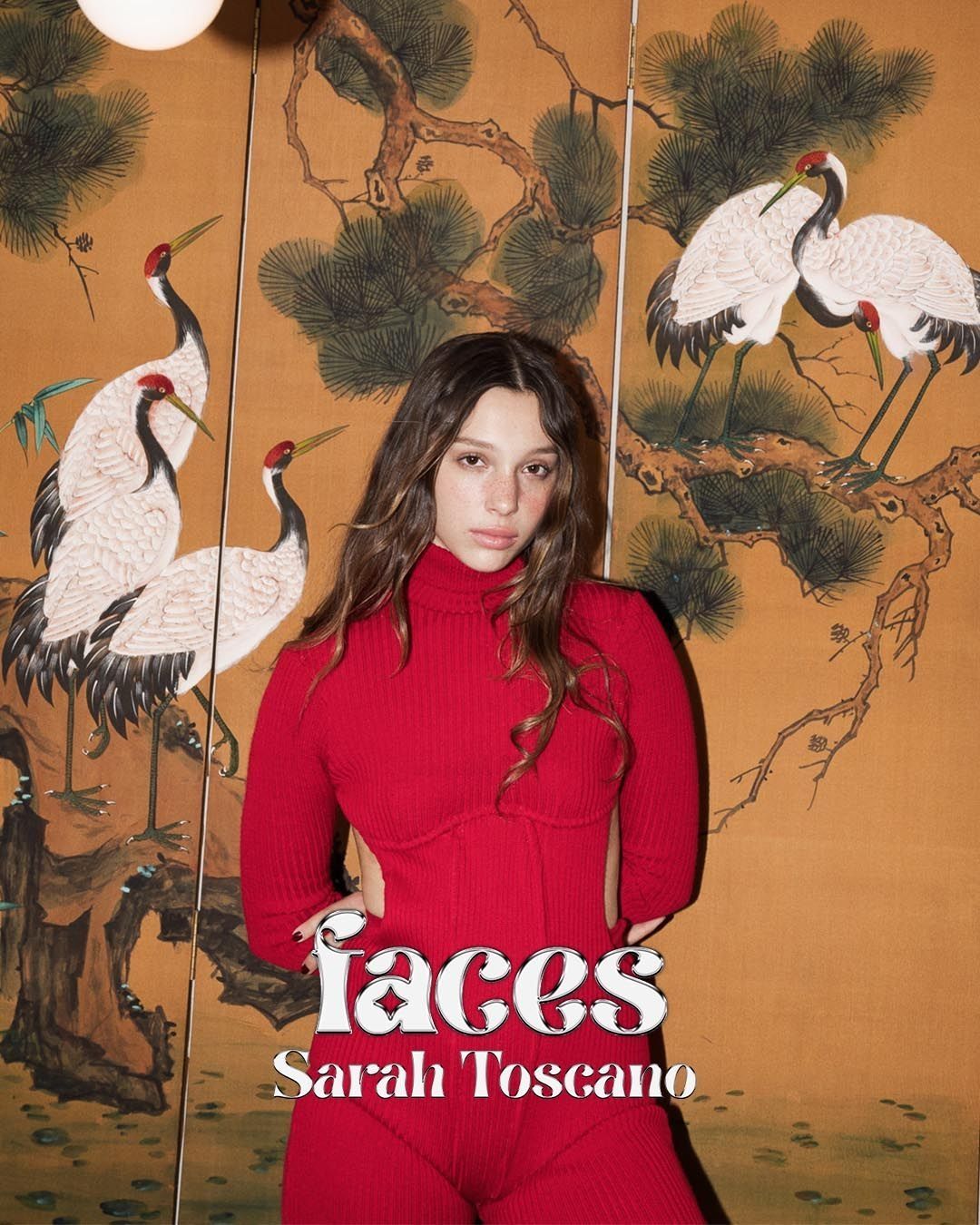
Chanel's open-air laboratory in Gaujacq Mademoiselle Coco's favorite flower and its botanical paradise in the south of France where the ingredient behind Hydra Beauty is grown
Gabrielle Chanel was always surrounded by lucky charms. One of these was the camelia, a flower with evergreen foliage and powerful moisturizing properties, which Mademoiselle wore for the first time pinned to her belt on the beach of Étretat, in 1913. Arrived from Asia via the tea route in the 17th century, the camellia has found its habitat in France, thanks to the balanced winter and summer temperatures similar to those of its country of origin.
“With the analysis of this plant we found catechin derivatives, polyphenols that have been shown to have moisturizing properties" - explains Nicola Fuzzati, director of the innovation and development department of Chanel cosmetics.
"Camellias have a special feature: they don't have a senescence program. Genetically, they are not programmed to die. For this reason, the more time passes, the more beautiful and strong they are” - adds Jean Thoby, international expert on camelias.
The introduction of specific trees and shrubs strengthens the balance and resistance of ecosystems, and contributes to biodiversity, making plants more resistant to diseases and predators. "At every stage of the cultivation process, we must find the most innovative methods possible, for this reason we are in a real open-air research laboratory - continues Philippe Grandry - We have the opportunity to become pioneers in this sector, indicate a new path for environmental protection, sustainable development and also new resources to be put into play”. Today there is also a farm, with eco-sustainable architecture, just next to the conservatory garden, and with an agroecological experimental cultivation. A project that has earned the Haute Valeur Environnementale (HVE - high environmental value) level 3 certification - the highest in the environmental certification system for farms - and the "conversion to organic farming" label, two awards that they certify respect for the natural ecosystem and minimize the impact on the environment.









































































